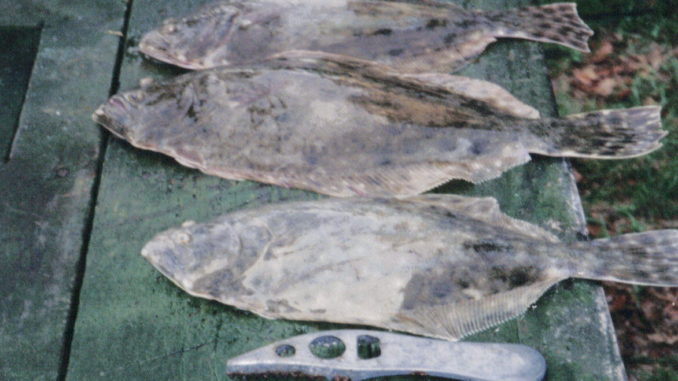
A revision for North Carolina’s 2007 saltwater regulations, printed in a chart in the May issue of North Carolina Sportsman, incorrectly reversed the N.C. Division of Marine Fisheries’ flounder size limits for inshore and ocean waters.
The size limit for inshore-caught flounders is 14 inches total length and eight flounders per angler per day. The size limit for ocean-caught flounders is 14 1/2 inches total length and also eight flounders per day.
This regulation doesn’t mean anglers may catch eight inshore-waters flounders and also catch eight ocean flounders the same day for a total of 16 flounders. The total number of flounders that legally can be caught by one angler is eight in the aggregate (it could be four inshore and four ocean fish for a total of eight flounders). The dividing line for inshore and ocean waters at inlets is called the “COLREGS” line, although that’s not the precise definition of the word. The COLREGS line basically extends from the point at one side of an inlet to the point at the other side of the inlet. Any fish caught “inside the breakers” generally is considered an inshore fish; if caught east (or south/southeast) of the N.C. COLREGS line (usually by a surf, boat or pier angler in the ocean), such a flounder would be considered an ocean flounder.
However, sand bars at inlets may extend into the ocean beyond the COLREGS line. During low-tide periods, shoreline inlet anglers sometimes walk on sand bars some distance beyond the COLREGS line and thus would be considered actually fishing for ocean flounders.
COLREGS is an abbreviation of “Collision Regulations,” but the proper name actually is International Regulations for Preventing Collisions at Sea. So COLREGS actually applies to activities (boating or shipping) in the ocean. Waters inside of COLREGS lines are called “Inland Rules” waters and different regulations apply — with the different size limits for N.C. flounders a perfect example.




Be the first to comment